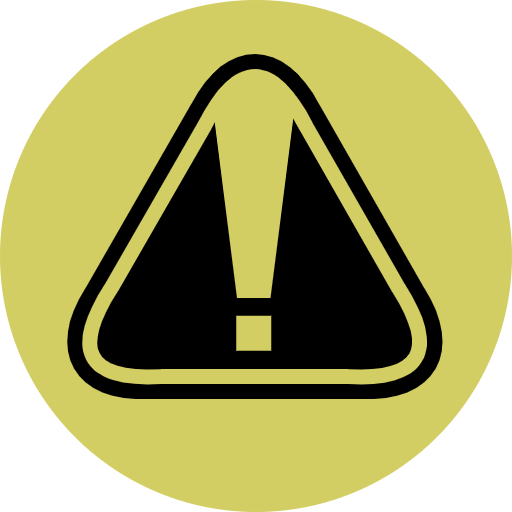


| Durability | Normal (no modifier) |
| Handedness | One-Handed |
| Damage Die | d6 |
| Specialty | Swords (one-handed) |
Shortswords are a type of melee weapon and one of four classes of sword. Shortswords have a blade length of 12 to 20 inches and are made for one-handed use
| Material | Damage Die (one-handed) | Damage Die (two-handed) | Durability | Weight | Repair / Refinement Difficulty | Value |
|---|---|---|---|---|---|---|
| Ethereal Shortsword | d6 | 0 | 0 | 0 | 0 CR* | |
| Rusty Iron Shortsword | d6-1 | 6 | 2 | 6 | 1,750 CR (Uncommon) | |
| Rusty Steel Shortsword | d6-1 | 10 | 1 | 8 | 2,800 CR (Uncommon) | |
| Tarnished Bronze Shortsword | d6-1 | 8 | 1 | 7 | 3,500 CR (Uncommon) | |
| Iron Shortsword | d6 | 10 | 2 | 10 | 5,950 CR (Uncommon) | |
| Bronze Shortsword | d6 | 12 | 1 | 10 | 6,300 CR (Uncommon) | |
| Steel Shortsword | d6 | 14 | 1 | 15 | 7,000 CR (Uncommon) | |
| Stainless Steel Shortsword | d6 | 16 | 1 | 17 | 10,500 CR (Uncommon) | |
| Carbon Steel Shortsword | d6+1 | 10 | 0 | 18 | 14,000 CR (Uncommon) | |
| Obsidian Shortsword | d6+3 | 2 | 0 | 25 | 42,000 CR (Rare) | |
| Ætherite Shortsword | d6 | 10 | 3 | 20 | 210,000 CR (Rare) | |
| Silver Shortsword | d6 | 8 | 2 | 16 | 280,000 CR (Rare) | |
| Æther Crystal Shortsword | d6+1 | 0 | 0 | 30 | 350,000 CR (Extremely Rare) | |
| Nocturnum Shortsword | d6+4 | 20 | 6 | 40 | 420,000 CR (Extremely Rare) |
*A successful hit always deals a minimum of 1 damage, even if negative modifiers would reduce the damage roll result to 0 or less.


You attack with a horizontal or vertical swinging motion across the target's body to inflict Slashing damage. Use a knife, dagger, combat knife, shortsword, longsword, or improvised slashing light weapon.
Make a Slash (One-Handed) check against the target's Passive Agility, or against the outcome of a Dodge or Block check if the target reacts.
| Success: | The target takes Slashing damage equal to your weapon's damage rating. |
| Critical Success: | Critical Hit. The target takes twice the usual amount of damage. |
| Failure: | You miss. |
| Critical Failure: | The GM decides the effects. You might injure yourself or an ally, drop your weapon, or hit a solid surface and damage it. |


You thrust your weapon forward into the target creating a small but deep wound, inflicting Piercing damage. Use a knife, dagger, combat knife, shortsword, longsword, spear, or improvised piercing light weapon.
Make a Stab (One-Handed) check against the target's Passive Agility, or against the outcome of a Dodge or Block check if the target reacts.
| Success: | The target takes Piercing damage equal to your weapon's damage rating. |
| Critical Success: | Critical Hit. The target takes twice the usual amount of damage. A critical hit on a Stab attack might cause the target to bleed. |
| Failure: | You miss. |
| Critical Failure: | The GM decides the effects. You might injure yourself or an ally, drop your weapon, or hit a solid surface and damage it. |


You attempt to block an incoming attack using an object as a shield. Make a Block (Defense) check against the assailant's Attack roll.
Your Passive Agility contests attack rolls normally. When you block, the outcome of the check replaces that value, regardless of which is higher.
Using a melee weapon to block is called a Parry. When parrying, add your One-Handed or Two-Handed skill modifier to this check, plus the Parry specialty if applicable. Any object that doesn't have a shield rating, including melee weapons, always takes a Durability check on a successful block.
Make a Durability check against your weapon whenever you parry. On a critical failure, the weapon breaks.
| Success: | The attack hits your shield. The attacker determines how much damage is dealt to the shield; if the attack causes the shield to break, you are staggered for one frame. |
| Critical Success: | The attack hits your shield but doesn't damage it, and becomes a critical failure. |
| Failure: | The attack hits you normally. |
| Critical Failure: | The attack becomes a critical hit. |